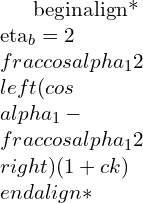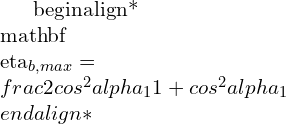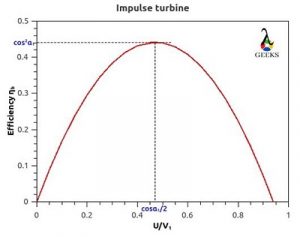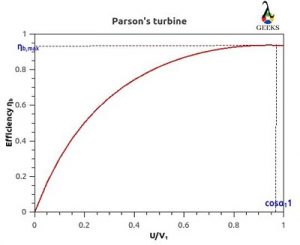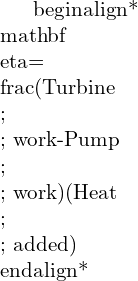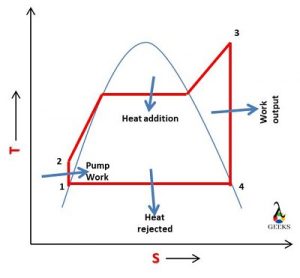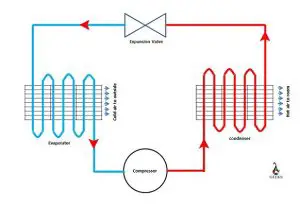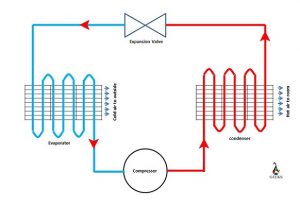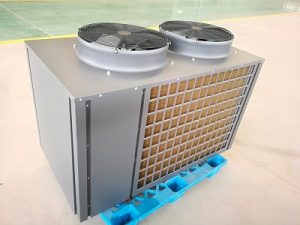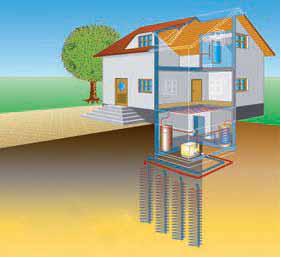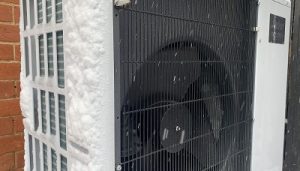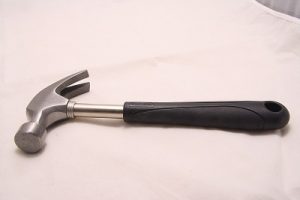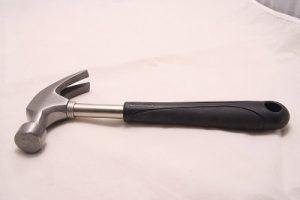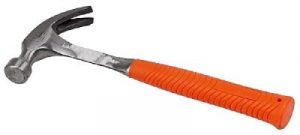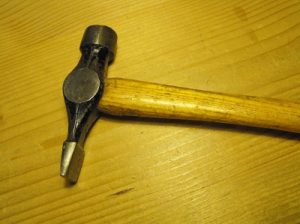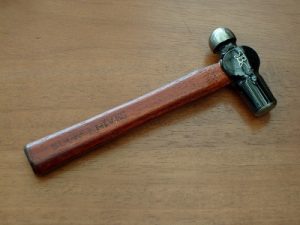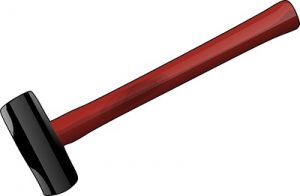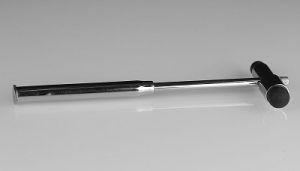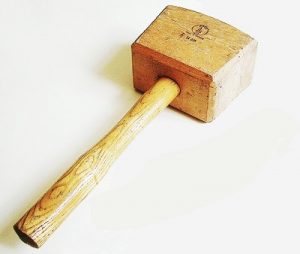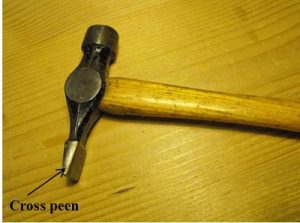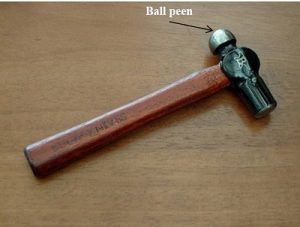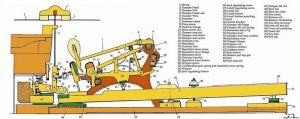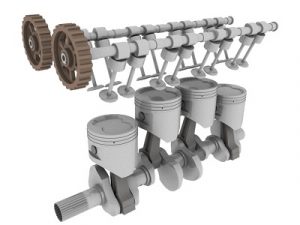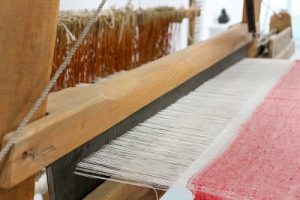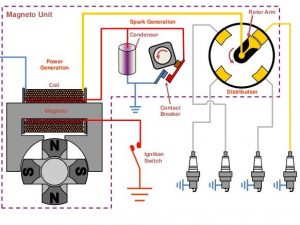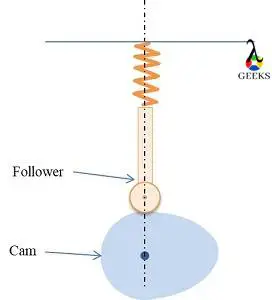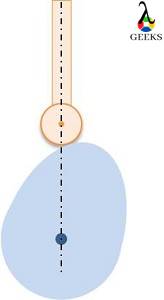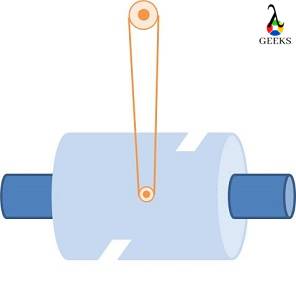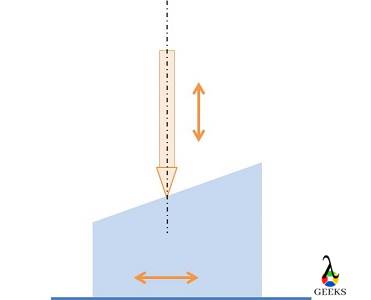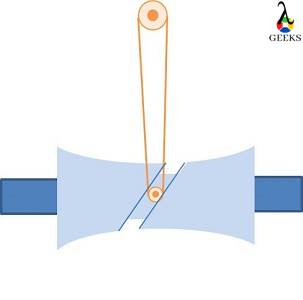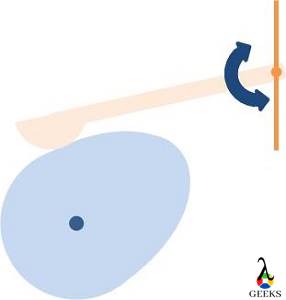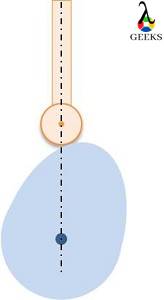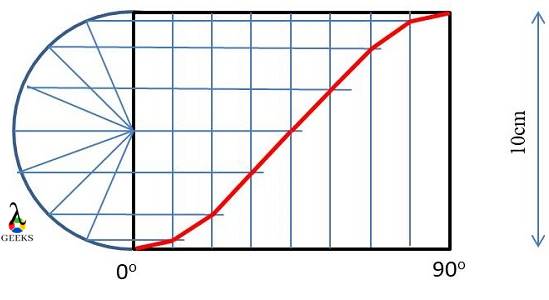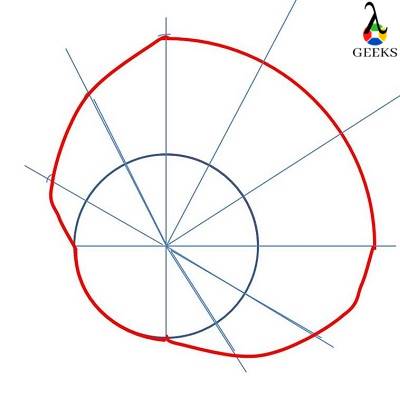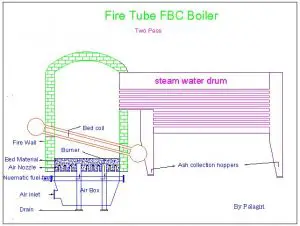Table of Content
Cam and follower
Cam and follower is a mechanism used to get the desired motion such as reciprocating or translational from an available input, usually rotational.
Cam and follower with different size and shape are available in the market.
The elements of the mechanism are;
Diagram of cam and follower
What is a Cam?
Cam is the driving component in the mechanism, making sure that the follower follows the desired motion.
Hence, the profile and size of the cam are significant in a cam and follower mechanism.
While designing the mechanism, the main concern goes to getting the appropriate profile of the cam.
What is a follower?
The component which gives the desired motion in the mechanism is the follower. The motion of the follower is the output in the cam follower mechanism.
Generally, followers are having two distinct types of motions, oscillating and reciprocating. The followers are designed in such a way that, it always touches the cam during the cam operation.
As the follower moves over the cam, there is friction resistance and side thrust acting. The friction resistance leads to the wear failure of the cam follower mechanism.
Classification of cam and follower | Different types of cam and follower
There are different types of cams and followers available according to the applications.
Those are discussed below;
Types of Cams
The cams can be classified as follows;
Types of cams : based on the shape
It is the most commonly used cam. It is cut from a metal disk or plate to a pre-planned shape according to the requirement.
Many important cam parameters can be explained using the plate cam, like the base circle, pressure angle, pitch point, etc.
.
The cam is of cylindrical shape. A groove is cut on the surface of the cylinder and follower moves inside the groove. The cylinder rotates, and the follower oscillates accordingly.
The figure shows a wedge cam. Wedge cams have a wedge of specified shape that reciprocates and leads to reciprocation or oscillation of the follower.
A spherical cam is similar to a cylindrical cam; the only difference is groove is cut on a sphere instead of a cylinder.
Globoid cam is also similar to cylindrical cam; the only difference is grove is cut on a globoid shape.
The conjugate cam consists of two-disc cams that are bolted together. This type is used for very quiet operations.
Types of cams : based on follower movement
The follower movement can be classified as,
- Dwell – No movement to the follower.
- Rise or Ascend – The follower moves upward.
- Return or Descent – The follower moves downward.
The cam profile controls the length and amount of ascend, descend or dwell in a cam follower mechanism. Hence, according to the follower movement, cams can be classified.
By proper design of cam profile, any combination dwell, rise or return can achieve. In each cycle, the follower comebacks to the initial state. Hence, if there is a ascend, then the equal amount of descent will be there in the cam profile automatically.
Some combinations are,
- Rise, Dwell, Return cam
- Rise, Return, Rise cam
- Dwell, Rise, Dwell, Return, Dwell cam
Types of cams : based on the type of constraint
- Spring-loaded: The contact between cam and follower is enabled using a pre-loaded spring.
- Positive drive: Providing groove as shown in cylindrical cam is an example of a positive drive cam. Here, the follower motion is constrained due to the presence of groove.
- Gravity cam: The gravity force helps to keep the contact between cam and follower. The follower weight should be sufficient in order to get constant contact.
Types of Followers
The followers can be classified as follows;
Types of Followers : Based on the shape of the follower
An example of a knife-edge follower is given in the figure. It is having a sharp edge, i.e., knife edge, making contact with the cam.
We can expect a higher frictional resistance and wear for these types of cams. And the system has considerable side thrust also. Due to these limitations, it is not commonly used.
In this follower, the pointed edge is replaced with a roller that freely rotates about its axis. Here, the frictional resistance and wear are reduced. However, the side thrust is not eliminated.
It is also called a Mushroom follower. The point contact in the knife-edge follower is replaced with a flat plate, as shown in the figure. Here, the frictional resistance is not reduced; however, a considerable decrease in side thrust can be achieved.
The cam profile should have a convex shape for this type of follower; otherwise, the follower and cam get stuck in the concave profile of the cam.
This is similar to flat-faced follower; the difference is that the contacting profile has the shape of a hemisphere; hence the frictional resistance also reduces.
Types of Followers : Based on the motion
The follower oscillates in this type of cam follower mechanism. An example is given in the figure.
The follower reciprocates in this type of cam follower mechanism. An example is given in the figure.
Types of Followers : Based on the path of the follower
- Radial or in-line follower
In this type of followers, the cam center and line of action of the follower are in same line as shown in figure.
- Offset follower or Eccintric cam follower mechanism
In this type of followers, extended line of action of follower and cam center does not lie in the same line. The side thrust is reduced if we are using an offset follower.
The Terminology of a Cam
We already discussed the importance of a cam profile.
Now we will be looking into some important terminology of the cam.
The figure shows a cam with a roller follower, indicating all the terms we are about to discuss.
The roller at the different positions over the cam is shown, assuming the cam remains stationary and the roller travel along with the cam profile.
It is the smallest circle drawn with center on the cam center and touches the cam profile.
These are the arbitrary points around the cam profile, through which the center of the follower moves.
In the case of roller follower, trace points are obtained by adding the radius of the roller from the cam profile, as shown in the figure.
For knife-edge followers, the trace points are on the cam profile itself.
If we join all the trace point we get the pitch curve.
It is the smallest circle drawn with center on the cam center and touches the pitch curve.
Pressure angle is defined in every point in pitch curve.
It is the angle between direction of the follower movement and the normal to the pitch curve.
Higher the steepness in the cam profile, the higher the pressure angle.
Higher pressure angle is not preferred as it increases the force required to lift the follower.
It is a point in the pitch curve where the pressure angle is maximum.
Circle with center on cam center and passes through the pitch point.
Working mechanism of cam and follower
The figure shows the cam and follower mechanism at different positions.
In the given figure, the cam rotates in an anticlockwise direction.
Initially, for some duration, the follower moves upward. The upward movement is known as the ascend or rise period (between (a) and (b)).
After that, the follower stays in the same position for some rotation of cam (between (b) and (c)).
Hereafter, the follower moves downward (between (c) and (d)), known as descend or return. At the end of the return, the follower reaches its initial position and remains stationary until the next cycle starts (between (d) and (e)).
The cycle keeps on repeating. Here, we got the reciprocating motion for the follower from the rotational movement of the cam.
The motion of the follower can be categorized as rise-dwell-return-dwell.
We can change the motion of the follower by appropriately designing the cam profile.
Imagine the follower motion for figure given below,
Forces acting in a cam and follower mechanism
There are mainly two forces acting in cam follower mechanism, normal force and frictional force.
The direction of normal force and frictional force is shown in the figure. The normal force acts normal to the cam profile, and the frictional force acts tangential to the cam profile.
The normal force can split into two components; horizontal and vertical.
The equation for horizontal and vertical force are given below,


The vertical force is helping to lift the follower. The horizontal force is an unnecessary force, which gives a side thrust to the follower.
The angel θ is the pressure angle.
The above analysis is carried out only for normal force. The frictional force also can be analysed similarly by splitting it into horizontal and vertical components.
It can be observed that the friction force increases the side thrust and decrease the net lift force.
Side thrust in cam and follower
As explained above, the side thrust is an unnecessary force that should be reduced for the smooth operation of the cam and follower mechanism.
One component of normal force and frictional force is contributing to the side thrust.
The side thrust can be reduced by,
- Using a flat face follower
- Using offset cam follower mechanism.
- Reducing the pressure angle.
- Reducing the friction
Significance of pressure angle in cam and follower
From the above analysis, we can see that the increase in pressure angle leads to a decrease in the lift force and an increase in the thrust force. The lift force must be sufficient to overcome the spring force or gravitational force in the cam follower mechanism. Hence, if the pressure angle is very high, high energy is required to lift the follower.
Therefore, the pressure angle is usually kept as low as possible in the cam follower mechanism.
Cam follower design
Now, we discuss how to design a cam follower mechanism.
The design of cam profile is the primary step in manufacturing of the cam follower mechanism.
The cam profile depends on the size of the follower, type of follower, and the kind of motion required.
Constant velocity, constant acceleration and simple harmonic motion are some of the motions in cam and follower mechanism.
The cam profiles are different for getting the above motions.
Before discussing the cam profile, we should know about some terms.
Angle of ascend : The angular rotation of the cam during the ascend of follower is known as angle of ascend.
Angle of dwell: It is the angular rotation of the cam during the dwell period.
Angle of descend: It is the angular rotation of the cam during the return period.
Lift or stroke: The distance travelled by the follower during the rise or return period.
Now, let’s discuss designing a cam profile.
The critical step in designing the cam profile is drawing a displacement diagram.
The displacement diagram is the graph plotted between the angular distance of the cam and the lift of the follower.
The displacement diagram varies for different motions.
After getting the displacement diagram, we have to transfer the distance to the base circle to get the cam profile.
Displacement diagram
The displacement diagram for different motions is explained in this section.
The angle of ascend, dwell, descend, and lift of stroke are predefined variables.
Now let’s assume that the angle of ascend, dwell, and descend, and lift of stroke are 90o, 90o, 90o, and 10cm, respectively.
Drawing different displacement diagrams are explained below;
Constant velocity
- Draw x axis and y axis, mark the angles in x axis and lift in y axis.
- Mark the ascend, descent, and dwell in x axis.
- Join the left bottom corner and right top corner in ascend to get the displacement of follower during the rice period.
- During the dwell period, the displacement curve will be parallel to the x-axis.
- Join the left top corner and bottom right corner for drawing the displacement curve during the descend.
Constant acceleration
The figure shows drawing the displacement diagram for ascend.
- Divide the angle of ascend to even number of parts (n parts). And draw vertical lines.
- Mark the center line and divide it into n parts.
- Draw a line from the bottom left corner to each point in the centerline till n/2 parts, do the same for the remaining point from the top right corner.
- Mark point of contact between 1st vertical line and 1st inclined line and 2nd vertical and 2nd inclined line and so on.
- Join the points.
Simple harmonic motion
The figure shows drawing the displacement diagram for ascend.
- Divide the angle of ascend to n number of parts. And draw vertical lines.
- Draw a semi-circle in the y axis with diameter equals to lift, divide it into n parts.
- Now, draw a horizontal line from each point on the semi-circle to the corresponding vertical lines.
- Joint the point of contact between the horizontal line and vertical line.
Drawing cam profile
The figure shows the cam profile for the constant velocity profile mentioned above.
The steps involved in drawing cam profile from displacement diagram are,
- Draw the base circle.
- Mark ascend, descend and dwell period in the base circle.
- Divide ascend, and descend to equal parts similar to displacement diagram.
- Measure the distance from the x-axis to the curve in displacement diagram for each vertical level.
- Mark the measured distance from the base circle for each vertical level, respectively.
- Join the pints
Cam and follower material selection
For most applications, the cam is manufactured using metals. Steel alloys and cast irons are most commonly used material.
The thermoplastic like nylon and polypropylene are used in some cases.
How to build a cam and follower?
Here we discuss the manufacturing technique used for producing cam and follower.
Initially, we have to design the cam and follower and study the forces acting, stress-induced, the maximum load the cam follower pair can handle, etc. Generally, SolidWorks software is used to design the cam and follower mechanism.
For thermoplastic materials, impact molding is used for manufacturing.
For metal cams variety of manufacturing techniques is used. Conventional manufacturing techniques like grinding, milling, cold forging, etc., are used to produce cam. For high accuracy, CNC machining is used. Powder metallurgical techniques are also used in many situations.
Degree of freedom of cam and follower
The degree of freedom of cam and follower should always be one.
The degree of freedom indicates the number of independent variables to define the motion of the system. Degree of freedom 1 means we need one independent variable to describe the motion. That means the movement between the links is only possible in one way. If we rotate the cam, the follower will only reciprocate; it will not reciprocate and oscillate together.
The constraints are provided to make sure that the degree of freedom of the system is one.
Applications of Cam and Follower
- IC engines
- Opening and closing of inlet and exhaust valve.
- Operating fuel pump
- Automatic lathe
- Toys
- Wall clocks
Cam and follower advantages and disadvantages
Advantages of cam follower mechanism
- By proper designing of cam profile, a variety of follower motions can be obtained.
- Able to operate accurately.
- Easy mechanism to convert the rotational motion to reciprocating or oscillating motion.
- The number of components reduces with the use of a cam and follower mechanism.
- Compact
Disadvantages of cam follower mechanism
- Subjected to wear, hence, can be used only when the transmission force is less.
- Accurate manufacturing is required.
- High manufacturing cost.
- There is a limitation to the size of the mechanism. Large size is challenging to operate.
Cam and follower objective questions
- During the rise or ascend period, the follower is;
- Moving up
- Moving down
- Stationary
- None of the above
Ans: 1
- In cam and follower, friction should be
- High
- Low
- Medium
Ans: 2
- The side thrust can be reduced if we use;
- Roller follower
- Knife edge follower
- Flat plate follower
Ans: 3
Cam and follower problem
Try to answer the given problem yourself,
- Draw displacement diagram and cam profile for following conditions,
Follower Type: Knife-edge follower
Lift : 6 cm
Base circle radius: 6 cm
Angle of ascend: 60
Angle of dwell: 120
Angle of descend: 60
Motion type during ascend: Simple harmonic motion.
Motion type during descend: Simple harmonic motion.
Important Questions and Answer
What is the difference between cam and follower?
Cam is the driver in the cam and follower mechanism, which reciprocates or rotates. The follower is the driven component, which oscillates or reciprocates. The ultimate aim of the cam and follower mechanism is to get the desired motion for the follower.
Cam and follower motion?
The cam and follower can have a different combination of motions.
The cam usually rotates(cylindrical, plate cams) or reciprocate (wedge cam)
The follower oscillates or reciprocate.
Is a cam follower a lifter?
Yes
Cam and follower types
A detailed description is given in the above content.
Why are ‘offsets’ required in cam and followers?
The offset is used to reduce the wear and side thrust.
In physics mechanics, how come a cam follower is a higher pair?
The classification of higher pair and lower pair is based on the contact between the links. The nature of contact is point (knife-edge follower) or line (roller follower) in the cam follower mechanism. Hence it is higher pair.
What is the significance of pressure angle in Cam followers?
The pressure angle indicates the steepness of the cam profile.
An increase in pressure angle leads to a decrease in the lift force and an increase in the thrust force. The lift force must be sufficient to overcome the spring force or gravitational force in the cam follower mechanism. Hence, if the pressure angle is very high, high energy is required to lift the follower.
Therefore, the pressure angle is usually kept as low as possible in the cam follower mechanism.
Why is the roller follower preferred over the knife-edge follower?
The roller follower is preferred over the knife-edge follower to reduce the friction, hence the wear of the follower.
What is the pressure angle and methods to control the pressure angle of a cam?
Pressure angle is defined at every point in the pitch curve.
It is the angle between the direction of the follower movement and the normal pitch curve.
Methods to reduce pressure angle;
- Use offset follower
- Increase the size of cam
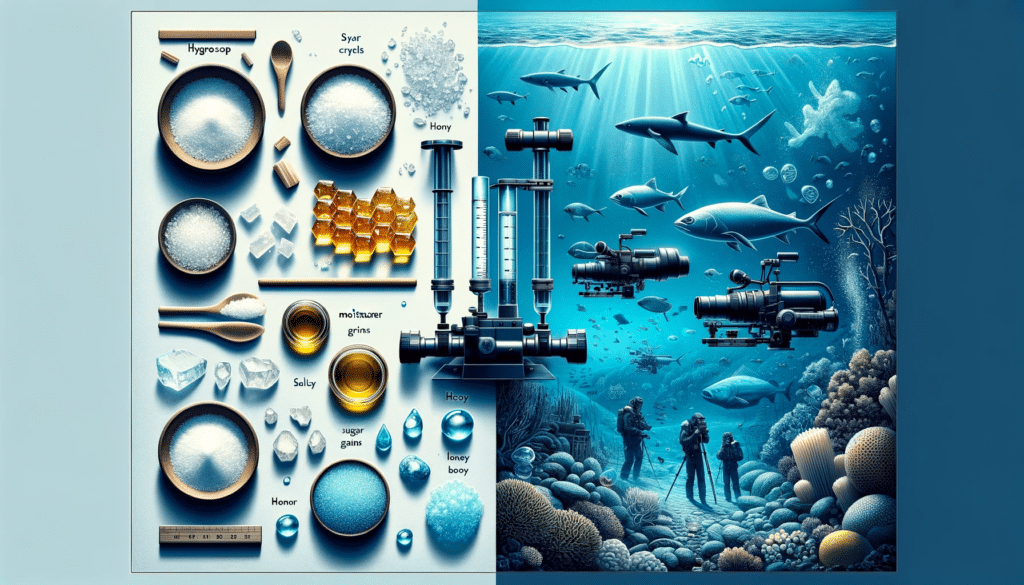
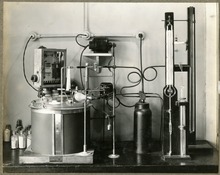
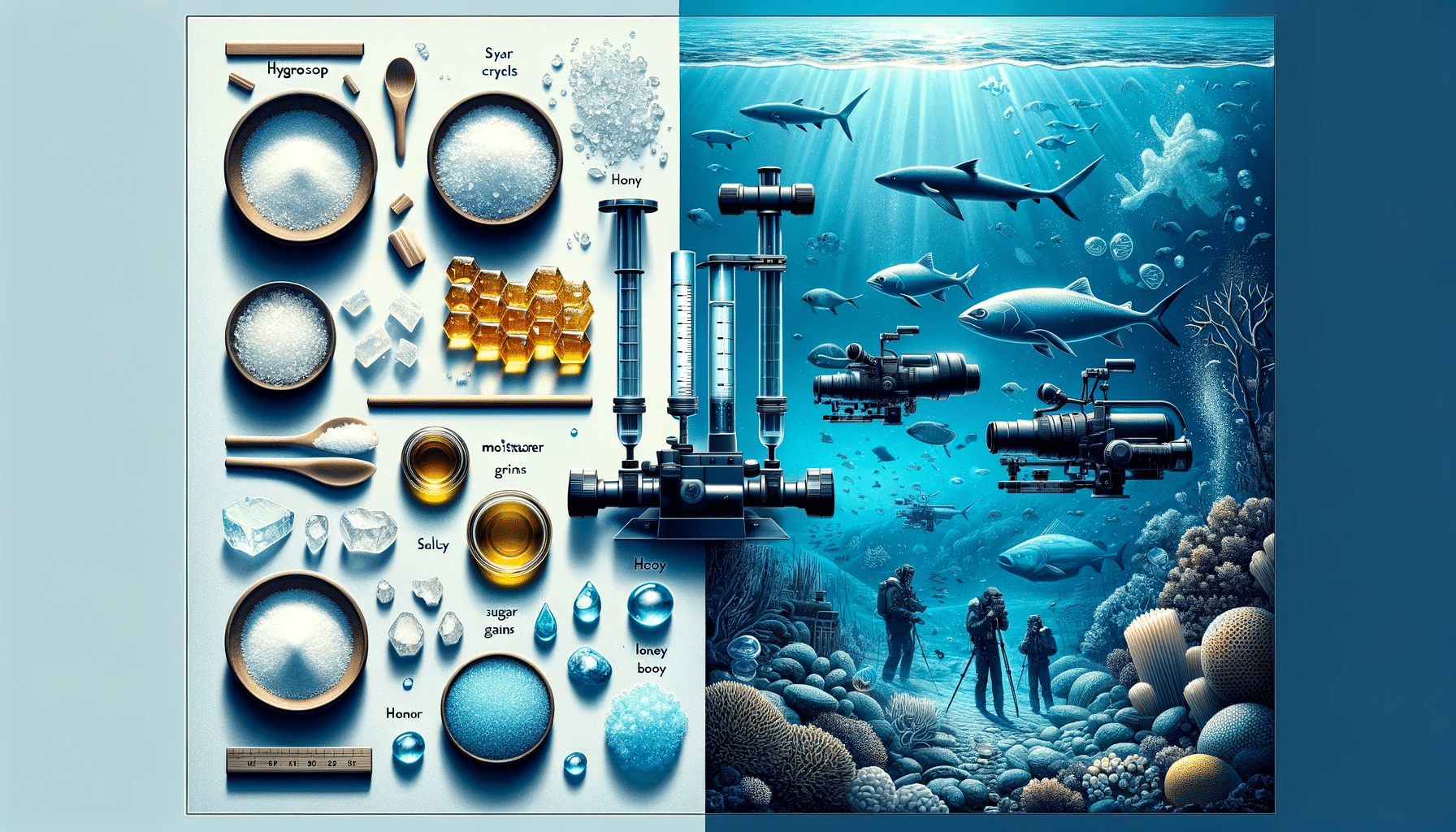
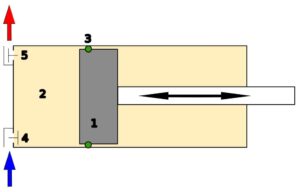

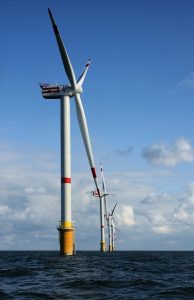
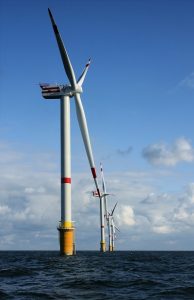
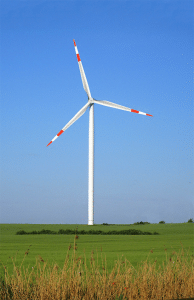
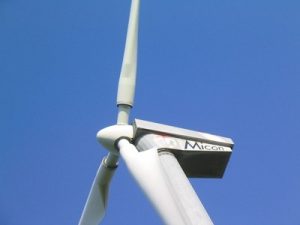
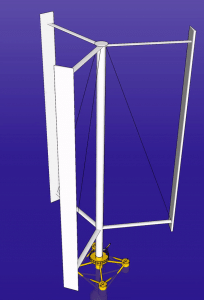
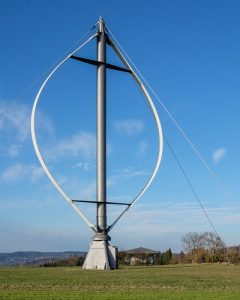
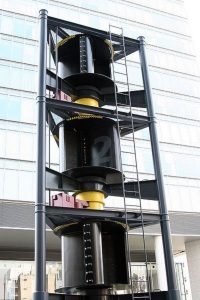
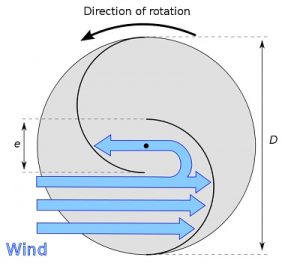
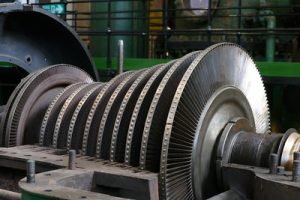
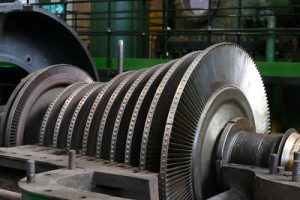
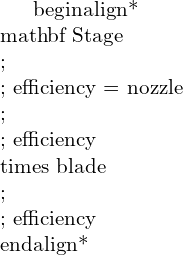
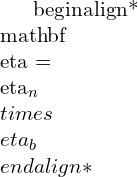
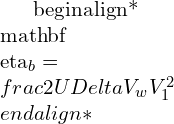
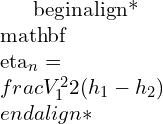
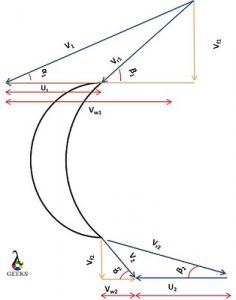


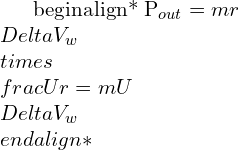
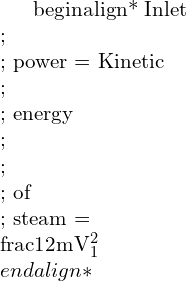


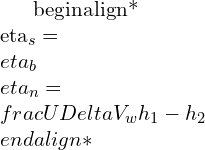




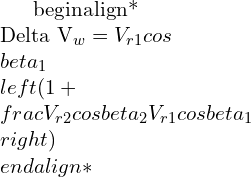
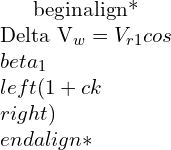
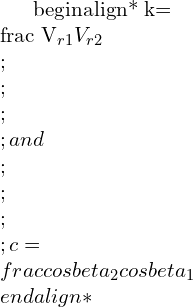


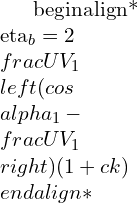

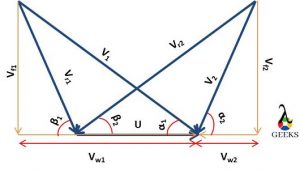
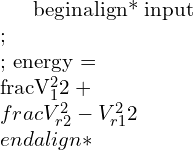
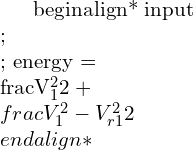
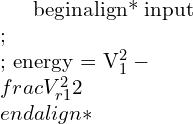

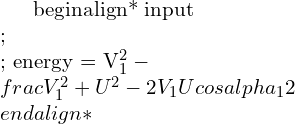
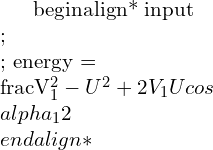


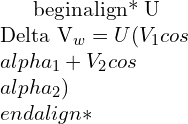
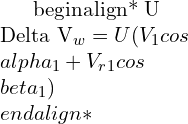

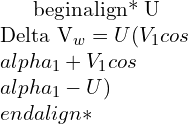



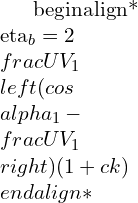
![Rendered by QuickLaTeX.com \\begin{align*} \\frac{d \\eta_b}{d \\rho}=2(1+ck)\\left[\\left(cos \\alpha_1-\\frac{U}{V_1} \\right )-\\frac{U}{V_1} \\right ]\\end{align*}](https://lambdageeks.com/wp-content/ql-cache/quicklatex.com-5693bc70259d43e2071d4a33bb56b8b1_l3.png)
![Rendered by QuickLaTeX.com \\begin{align*} 2(1+ck)\\left[\\left(cos \\alpha_1-\\frac{U}{V_1} \\right )-\\frac{U}{V_1} \\right ] = 0\\end{align*}](https://lambdageeks.com/wp-content/ql-cache/quicklatex.com-ecaacc4c250263d730dde482b6037ed1_l3.png)

